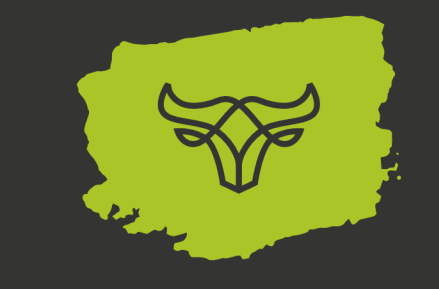How a ranked voting system will save Democracy! — Part 1
India is the largest democracy in the world. A record number of voters will turn up to choose their “member of parliament” and then the select group of MPs will select the next Prime Minister.
Our current voting system is not corrupt, but it is not favorable to the real income earners of the country. If you ask me, how dare you say that? The answer is simple — look at the percentage of people who have filed the ITR with a tax due of Rs1 or above.

Image source
2.24 crore people who have paid Rs1 or more of income tax in the last financial year is stuck between a hard place and a rock. They have no say in selecting the next representative who could govern them.
5.16 crore people had zero returns, let us include them also in our discussion because even if we did — it still does not make a difference. 2.24 + 5.16 = 7.4 crore people who have filed income tax returns.
As per wikipedia, 91.2 crore people are eligible to vote. It is safe to assume that our 7.4 crore people are part of this 91.2 set. That makes it 8.11% of eligible voters are income taxpayers. 91.89% have not filed tax returns but are eligible to vote. Whatever way you calculate, there is not a single model in which this 8.11% can make a difference. We are talking about the brightest, sharpest minds in the country and yet they are unable to choose the next leader. Even if all of them vote against the current ruling leader, he/she will still win as these votes won’t make a difference.
As per the PIB — 81.35 crore people in India depend on free food rations from the “fair price public distribution shops” or ration shops. Now this data has no direct bearing on the number of people who are eligible to vote, but we will come to that in a bit. The total population of India is estimated to be 142 crore — source. This means that 57.2% of the population is dependent on free rations.
With the current electoral model, the candidate that gets the majority of votes will win that constituency. It does not really matter if the voters in that constituency are rich or poor, employed or unemployed. As long as they vote for him — his ticket is reserved. This also means that, if he can influence or convince a major chunk of the voters, he could win.
The public distribution system is handled by the ruling party and they have direct access to 57.2% of the population with their free food program. We are assuming that the same ratio holds with the eligible voters, i.e. 57.2% of 91.2 crore people are dependent on food rations. Roughly 52.16 crore people who are voters are depending on the Central Government’s food aid program to survive.
Even if the ruling Government does nothing extra in terms of advertisements, field campaigns, or house-to-house visits asking for votes — they can still win as they have 52 crore people who are literally dependent on them for life. Take out the free food program and there will be an avalanche of riots, loot & crime. If the Govt. just prints their party’s logo or the candidate’s picture on the ration cards — that will win them the game.
My intention to write this article is not to challenge that, it is an accepted fact and even the opposition is aware of that. What we can stop is “cash for votes”, “freebies for votes” etc. These special handouts can tip the scale pretty easily. It is again safe to assume that the ITR payees 7.4 crore people would fall for this gimmick, the vulnerable people are 52.16 crore subsets.
Is there a better model?
https://viswaram.com/how-a-ranked-voting-system-will-save-democracy-part-2-3f80e0efca8b
